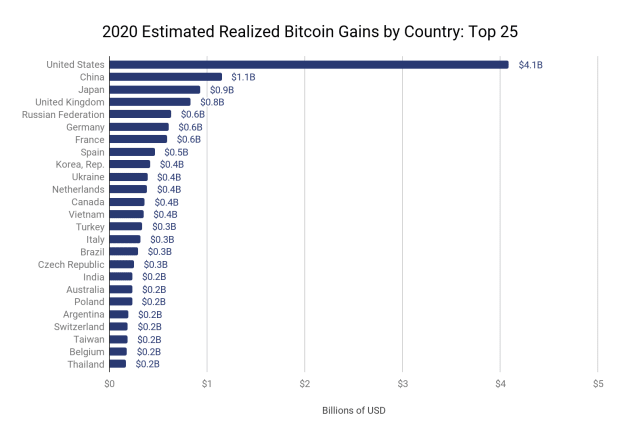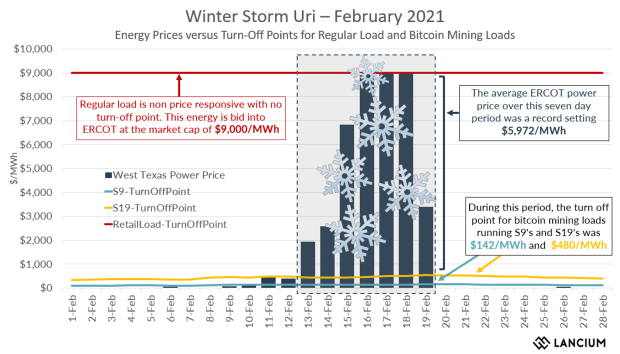Adamant Capital: BTC Price Bottom Is Likely In, Accumulation Phase Has Begun

Bitcoin fund Adamant Capital is convinced that the bottom of the bear market is in, and true to its name, the firm has laid out an unwavering case for this position with some persuasive hard data and fundamental analysis.
The report, authored by Adamant founders Tuur Demeester and Michiel Lescrauwaet, argues that bitcoin is undervalued at its current price, mirroring sentiments held in Adamant’s 2012 and 2015 reports during bitcoin’s previous downtrends. Weak hands were shaken out in November of 2018, it says, and this capitulation has laid the groundwork for the next market cycle.
As such, its underlying thesis is that bitcoin has entered the accumulation phase of the bear market — the first stage of a bull market when forward-thinking investors begin loading up in preparation for the next run.
How Do They Know?
As the disclosure in the report cautions, Adamant Capital is not an oracle and its research isn’t a crystal ball, so it should go without saying that neither the firm nor anyone else knows for sure what bitcoin will do tomorrow or the next day or a year from now. That said, the firm lays out a convincing argument that we’ve experienced the worst of this bear market’s carnage.
In fact, it believes that overall sentiment has morphed from despair to hope. To support this claim, Adamant plotted bitcoin’s booms and busts using unrealized profits and unrealized losses. This metric is derived by taking the value of each bitcoin when it last moved (presumably, when each was purchased/changed hands), aggregating all of these into what is called “realized capitalization” and then subtracting it from bitcoin’s actual market capitalization; this gives you unrealized profits/losses.
According to the report, November 2018’s sell-off tanked both portfolios and investor confidence in what could reasonably be considered market capitulation.
“Unrealized losses doubled in mere weeks” from this episode, causing “expectations of a swift market recovery [to be] torpedoed by the market,” according to the report. Essentially, with the market shedding 48 percent of its value in one month, people high on “hopium” became drunk on despair, signaling capitulation.
We can see the effects of this in Google Trends, the report suggests, as searches for “buying bitcoin” dipped lower than the same queries did in March 2017. Toxic sentiments pervaded crypto social media, as well. The optimism and bullish vibes that led many to believe $6,000 was a firm bottom — and, on the converse, those who took these good spirits as a sign that the bottom had yet to drop out — morphed into pessimism, bearish despondency and even hostility (Adamant and its founders received a lot of hate mail during this time, the report claims).
Proof Is in the Blockchain
To further support its analysis, the report details how the November capitulation altered the landscape of long- and short-term holders.
During the beginning of 2018, many bitcoin holders clung to their assets because of the disposition effect — the tendency for investors to hold on to an asset that has lost value in hopes of selling it at a higher price.
November’s price drop shook out many of these holders. Between November 14 and 16, 2018, the market saw more old bitcoin flood its sell walls than on February 23 of the same year. This finding is similar to the unspent transaction analysis Delphi Digital published in January 2019, which likewise claims that bitcoin is in an accumulation phase (and calling for a bottom in Q1 of 2019).
With its analysis, Adamant believes that the situation “visibly improved by the start of 2019” and more investors have begun holding again. On April 1, for example, CME Group’s bitcoin futures saw a significant uptick in longs.
The report continues to buttress these findings by drawing comparisons to previous bitcoin market cycles. While previous performance is not indicative of future performance, it admits, Adamant also writes that “the parallel with previous cycles is sufficient to validate [the] thesis that we are back in undervalued territory.”
One final way it can validate this thesis: volatility. At the time of the report, bitcoin’s 60-day volatility was below 5 percent, something it hasn’t seen since 2016. This corroborates Adamant’s hypothesis that retail investors have largely left the market, meaning “agnostic traders and long-term value investors” are sticking around to buy up their bags.
When Moon?
The report makes it clear that this analysis doesn’t mean bitcoin can’t drop to November lows — or even lower still. It reasonably expects the cryptocurrency to trade between $3,000 and $6,500 until the accumulation phase graduates to the next bullish run-up.
A few factors could drive prices lower, it states, such as exchange hacks like the one Mt. Gox suffered, which partly fueled the 2013 to 2014 sell-offs (though admittedly, it goes on, exchange volume and market share are more evenly distributed now than they were back then). Macroeconomic downturns could also affect prices, though Adamant also believes that in the long run, bitcoin will prove itself as a safe haven for value akin to gold and other hedges. Other potential risks include miner capitulation (though this is mitigated by difficulty adjustments), regulatory threats, litigation like the ongoing Mt. Gox civil rehabilitation and hard fork contentions.
The report doesn’t take a crack at guessing when the next bull market will take off. But it does give some more indicators as to how to spot a proper accumulation phase, such as the higher lows in price that are caused by weak hands selling during rallies (keeping price semi-subdued) and strong hands buying these supplies and the dips they cause (keeping price from tanking further).
It also ends with fundamental analysis of technical innovations justifying a higher value proposition. The Lightning Network continues to grow up to 45 percent monthly, sidechains have become an increasingly viable scaling solution and mining chips are becoming more efficient, it notes. On the institutional side, futures products and platforms like Bakkt are proliferating, and institutional custody has seen rising interest with newcomers like Fidelity.
Lastly, the report cites millennials as potential significant drivers of adoption. Born into a debt-addled economic landscape and coming to financial literacy during the 2008 Great Recession, millennials’ mistrust of bankers and governments make them ripe to be Bitcoin’s greatest proponents. In fact, we’re already seeing this, the report notes, as a 2013 survey indicates that Bitcoin’s earliest adopters and whales are mostly millennials.
With all of this in mind, the report ends on a high note and does make a bit of a prediction.
“Supported by over 10 years of infrastructure development, we believe the stage is set for mass market adoption in the coming 5 years,” the report concludes. “In our assessment, during this phase (its ‘Windows Moment’) Bitcoin will become widely recognized as a portfolio hedging instrument and reserve asset, and will begin making significant inroads as a payment network.”
This article originally appeared on Bitcoin Magazine.









